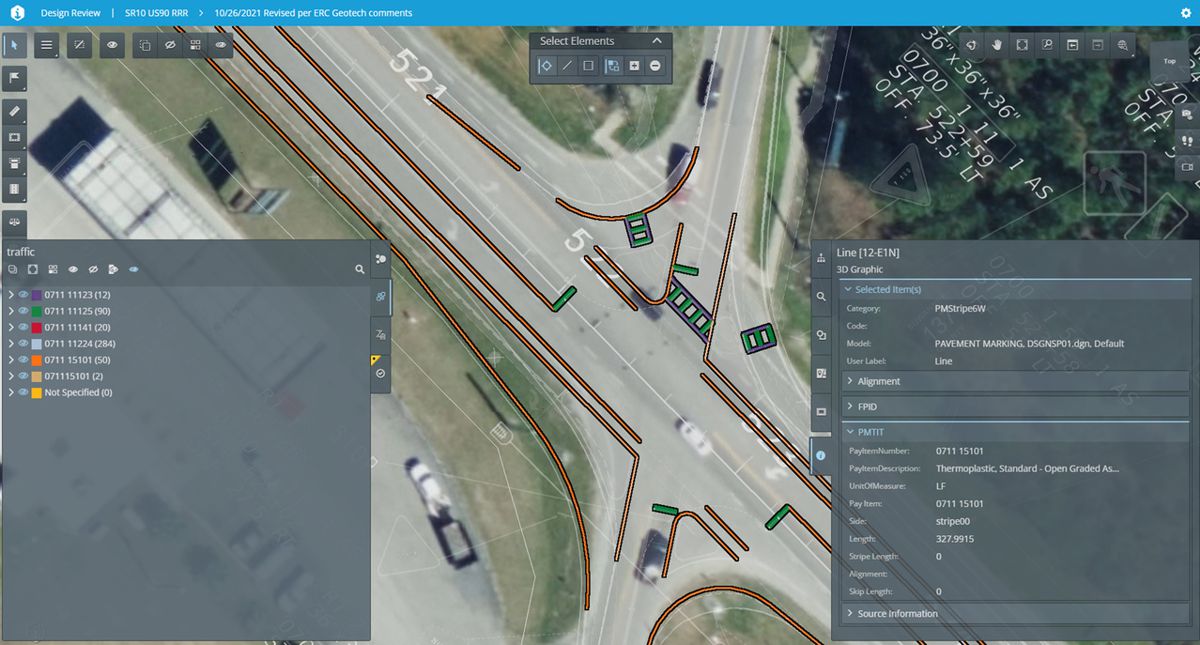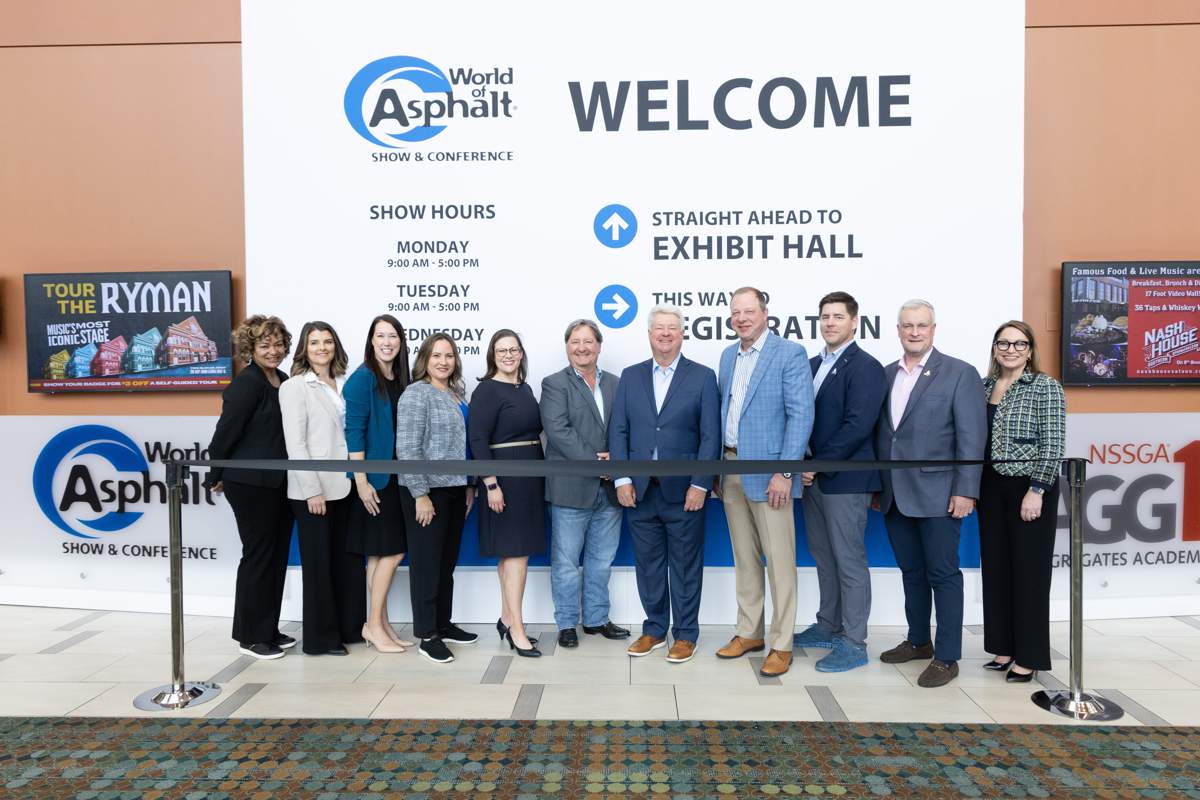Florida DOT automates Quantity Estimations to standardize Workflows with Bentley Systems
The Florida Department of Transportation (FDOT) has a continued mission to provide a safe transportation system that ensures mobility, enhances economic prosperity, and preserves the quality of their environment and communities.
Aligned with their mission, FDOT is committed to delivering innovative transportation solutions and ensuring productivity, efficiency, and reliability through digitization. They have a dedicated team to provide technical assistance, training, and quality assurance, developing standardized processes and tools to support the organization’s digital initiatives.
Already using Bentley technology as part of their digital workspace, FDOT’s team of development and support professionals have been tasked with transitioning from the original Bentley SELECT Series applications to the OpenRoads and OpenBridge CONNECT Editions.
They needed to update their standard workflows for design and improvement projects and develop new digital tools to meet state requirements for documenting project quantities for cost estimations and asset management. The project included incorporating Bentley’s new item type technology in OpenRoads and using the same feature in OpenBridge to automate bridge and structure quantities for the first time in Florida.
Configuration and Coordination Challenges
The team encountered difficulties across various disciplines when incorporating Bentley’s item type technology feature in the new platforms into FDOT’s quantity workflow. One of the biggest challenges was organizing and configuring the item types, tables, and other elements of the roadway designs in a logical and easily maintainable manner. “With thousands of individual pay item numbers, it would have been impossible to have an item type for every possible design combination,” said Vern Danforth, state CADD/engineer and BIM coordinator at FDOT’s production support office.
They needed to organize the item types into groups with picklists, allowing a single item type to cover as many as a hundred or more pay item combinations.
In addition to the configuration challenges, the team had to ensure that some of the item types worked in both 2D and 3D environments, as not every FDOT project is currently required to produce a digital 3D model.
They also had to coordinate with third-party traffic tool developers and investigate alternative ways to generate quantities based on the structural components in OpenBridge Modeler to ensure compatibility between these third-party applications and FDOT’s quantity takeoff manager.
To address these issues, the team needed to develop customized applications and update policies and guidelines for delivery of quantity data based on the new digital formats, tools, and processes.

New Bentley-based Digital Tools Support Advancements in Quantity Estimations
FDOT first established their custom FDOT CONNECT workspace based on Bentley CONNECT Edition applications, and have since further customized their technology resource, developing their quantity takeoff manager to improve quantity estimations and streamline reporting. With the release of OpenRoads and OpenBridge: “the FDOT team identified Bentley’s new item type technology as the foundation for the new quantity process,” said Danforth.
Florida’s existing payment and computation documentation was updated, and new digital libraries were built with corresponding item types, picklists, and lookup tables. The documentation report format was standardized based on the new digital workflows to read project data from the design files, compute and process the data, and create reports for road and bridge project quantity documentation.
Leveraging the reporting tools and item type features in OpenRoads and OpenBridge, FDOT developed new workflows and optimal configurations to facilitate coordination and compatibility with third-party applications, supporting digital advancements in quantity estimations. As the new tools and workflows were developed and released, the team worked with other FDOT offices to update the department’s policies and guidelines on the delivery of quantity data based on the latest formats and processes.
“With the implementation of the new tools and workflows, the DOT now requires all design projects submit the estimated quantity report as a single PDF file that contains all pay item and quantity information,” said Danforth. The digital report provides a consistent, time- and date-stamped formatted document that can be bookmarked and searched for quality control and assurance, required to be delivered with all project plans.
Driving Digital Delivery within FDOT
The new Bentley-based FDOT quantity takeoff manager and estimated quantities report tools are being used daily by hundreds of designers and engineers during the design development process for all new design and improvement projects under contract with FDOT. The digital workflows automate and standardize quantity data documentation, streamlining reporting, eliminating paper-based plan sheets containing quantities information, and saving time and costs.
“The new workflow and delivery of the estimated quantities report should significantly reduce the amount of time and effort required to document project quantities and is expected to result in an estimated savings of USD 3 million per year,” said Danforth.
Utilizing Bentley’s item types technology feature in OpenRoads and OpenBridge for FDOT’s quantities workflow enables the pay item associated with any given element to be accessed and viewed in the digital twin. As digital twins gain more widespread use within the department, review and quality control will become simpler and more effective, as the data will all be contained within the model.
The digitized quantity data can be carried through to construction and beyond to maintenance and asset tracking and management via the model. By digitalizing project related and business associated elements and workflows, FDOT optimizes their ability to ensure safe, reliable, sustainable transportation in the state of Florida. “Digital delivery, once considered a long way off, is now becoming a reality within FDOT,” said Danforth.















